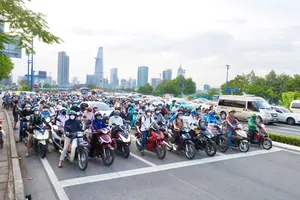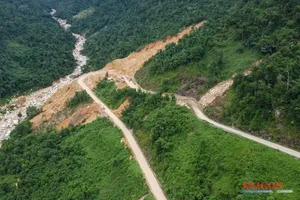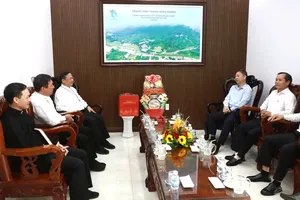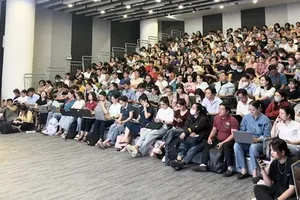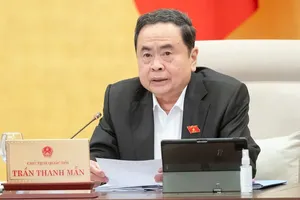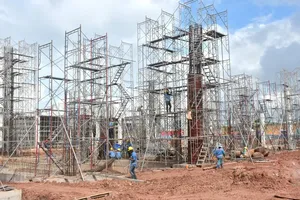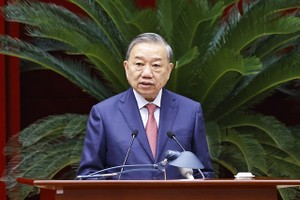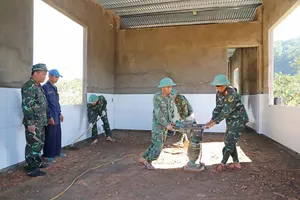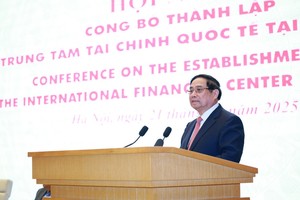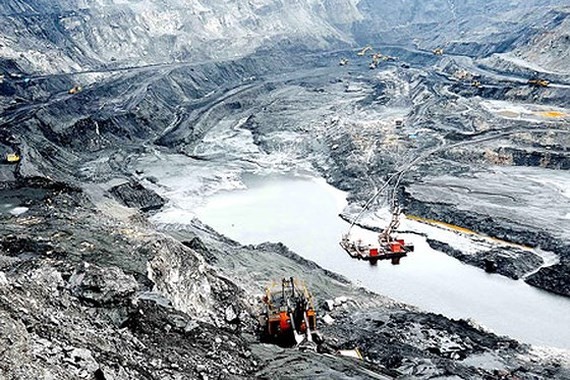
The mining industry’s growth rate in 2017 reduced 7.1 percent over 2016, decreasing 0.54 percentage points of the common growth rate. That is the sharpest fall since 2011 because crude oil output dropped over 1.6 million tons over the previous year. Coal output was down 180,000 tons to 38 million tons.
Still that is not surprising as statistics show that the industry's growth has continuously fluctuated for the last few years.
Year on year growth rate was 2.9 percent in 2011, raising 5.14 percent in 2012, 2.26 percent in 2014 and 6.5 percent in 2015 and dropping 0.23 percent in 2013, 4 percent in 2016 and 7.1 percent in 2017.
That is joyfull if the fall is a proactive move and result of growth model restructuring process toward more sustainability and less natural resource exploitation but concerning if that is consequences of market fluctuations and weaknesses in state and business management.
Former deputy head of Central Economic Management Institute Vo Thanh Tri emphasized that unlike some nations who have conditions to reduce natural resource exploitation, Vietnam need to mine some resources but the way of exploitation must be renewed to ensure the highest efficiency, be most economical and least harmful to the environment.
These norms are also the important target of the Mineral Law 2010.
After six years of implementation, the law has contributed in creating a legal corridor for mining activities from reserve estimation to licensing, exploitation and trading.
However, it has showed some limitations, overlapped points and a considerable distance between regulations and practice.
Specifically, there are neither specific regulations about joint venture in mining nor those synchronous with the law in investment to control in case of changes in equity of the company who has been licensed to explore and exploit minerals.
Project resale and investor change have occured raising difficulties in control.
A hot problem in 2017 was no specific regulation on coordination responsibility in mineral management in adjacent areas among provinces and cities, especially to sand and soil in riverbed. Sanctions have been unclear and not strict. Responsibility of mining organizations and individuals; supervision of exploitation output in practice and mineral reserve changes during the exploitation have not been stipulated concretely.
The Mineral Law 2010 and Environmental Protection Law 2014 have stipulated that mining organizations and individuals must restore the environment and pay a security for the purpose. Nevertheless subordinate documents have yet to make clear these. Projects close mining fields have seen similar situation.
According to a report from the Vietnam Chamber of Commerce and Industry announced in 2017, unofficial costs that mining businesses must pay are 2 percent higher than those in other fields. In addition, they must pay many types of complicated taxes.
Regulations on mineral exploitation auction have been issued, expected to minimize ‘ask for and give’ mechanism but so far the number of cases successfully implemented these regulations has been humble.
Obviously, there is much to do for authorized agencies to improve the efficiency of the mining industry in 2018 and following years.
